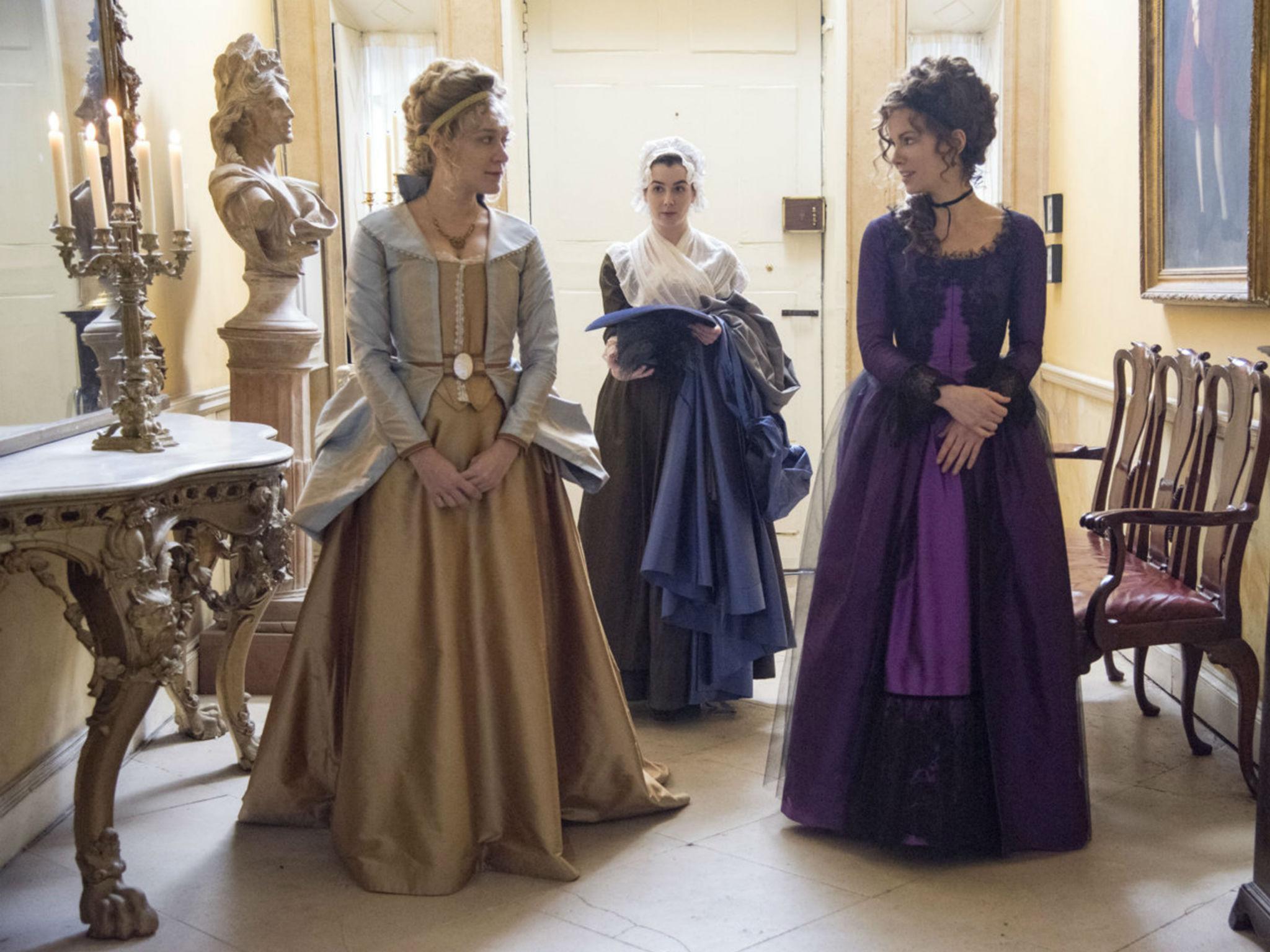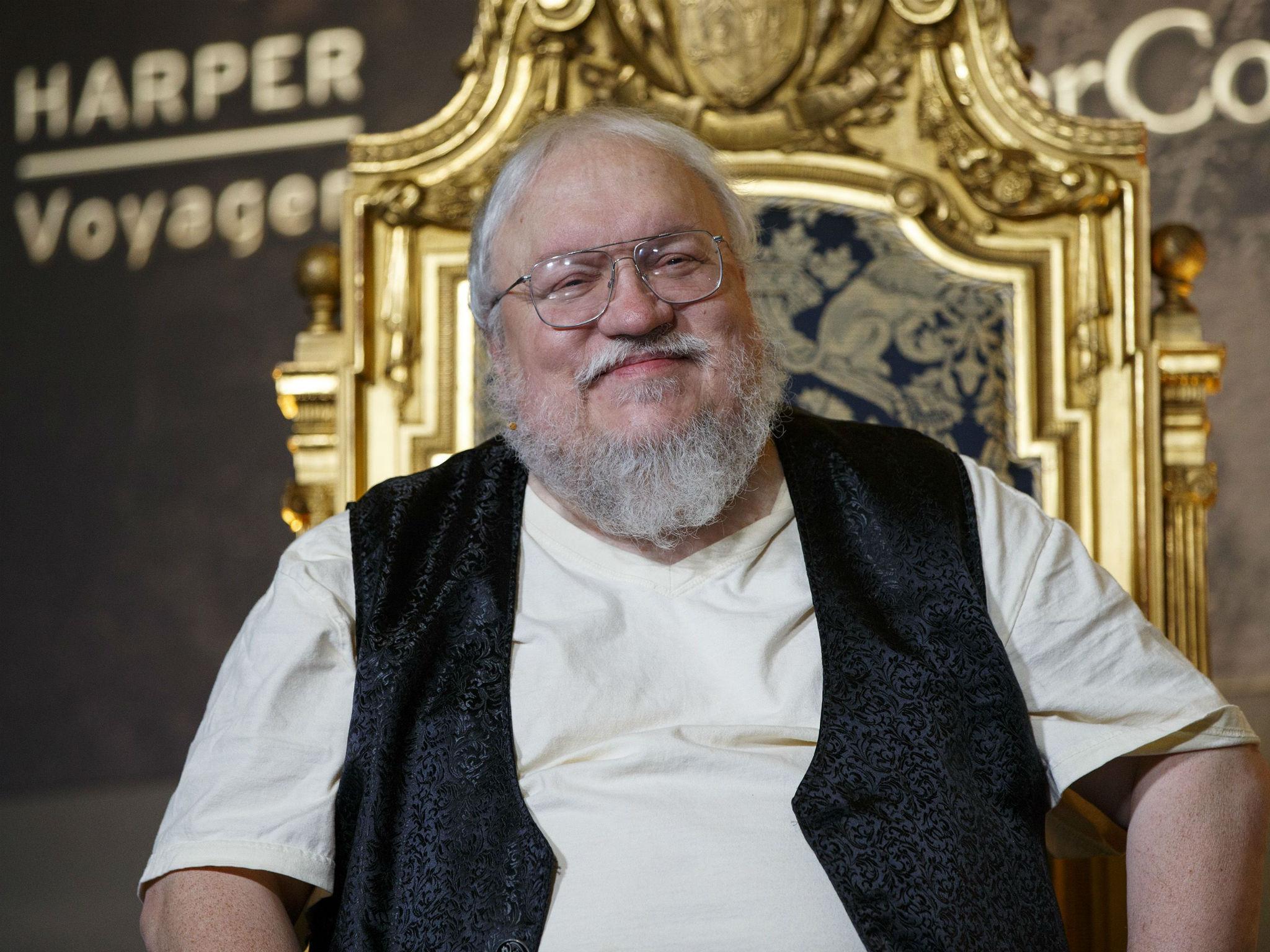Small is beautiful: from Jane Austen to George RR Martin, the novella is making a come-back

Small but perfectly formed: the novella is back. The slim little sister of your regular novel, a novella is usually defined as coming in under 50,000 words. But any long short story or short novel may slip into the category.
This in-betweener status can leave the novella out in the cold: booksellers reportedly don’t like them because the spines are too slim to be noticed on the shelf. Plus it’s hard to put a hefty price tag on a book that’s, in the literal sense at least, light-weight. But this summer, the form is making a come-back.
You might think we’d be done with Jane Austen adaptations by now, but the latest in a very long line – Love and Friendship – was unusually warmly received on release earlier this year. And its success was partly chalked up to the fresher, lesser-known source material: an early, epistolary novella named Lady Susan. Director Whit Stillman deemed the brief book “too good not to be known” – and although his movie made some major changes, it has indeed rescued the languishing Lady Susan from obscurity.

A very different fan favourite has also turned attention on novellas: Game of Thrones. In the late Nineties, its author George RR Martin published three novellas in a series entitled Tales of Dunk & Egg. Also set in Westeros, but 100 years earlier, they focus on Ser Duncan the Tall – aka Dunk – and Aegon Targaryen – aka Egg.
Recently, Martin dropped three big bombs about these lesser-known works: firstly, as if to pique our interest, he revealed that Dunk is the ancestor of everyone’s favourite GoT character, Brienne of Tarth. Which explains both her height and badass nature.
Secondly, he said he’s open to filming a GoT prequel – and thinks the Dunk & Egg novellas are the “most natural” candidates. He told Entertainment Weekly that “each of the novellas could easily be done as a two-hour stand-alone movie for television”. Finally, he also revealed he’s written nine or 10 more Dunk & Egg novellas, which is a pretty major amount of GoT prequel material – not to mention a potentially massive boost to the format.
The novella has also been given a modern makeover this summer by the prolific, insanely popular thriller-writer James Patterson, who launched his “BookShots”. At 150 pages, these are designed to be pacy, or racy; as well as 12 short thrillers, the series includes three romances.
The name BookShots has been ridiculed in some quarters as an attempt to rebrand the flowery, foreign-sounding novella into something more punchy, masculine, and modern. But his stated aim was explicitly to attract people who don’t read, so maybe it’s not such a dumb move.
Hyped and heavily promoted novels of recent years have, after all, tended towards the intimidatingly large. Jonathan Franzen's Purity is nearly 600 pages, Hanya Yanagihara’s A Little Life more than 700, while Garth Risk Hallberg’s City on Fire clocks in at 944. While Julian Barnes’s slender The Sense of an Ending may have won the Booker in 2011, every winner since then has sailed over 450 pages – with Eleanor Catton’s The Luminaries passing the 800 mark. Meanwhile, bestselling genre fiction has for some time come in super-sized portions and life-strangling series, from Stieg Larsson to JK Rowling to Lee Child.
While there are rewards to reap from spending so long with a book, they also come to look like pretty serious commitments. Patterson’s BookShots, by contrast, are unabashedly fleetingly. He wanted to lure readers away from TV, movies and video games, and thought that short and sharp (or short and sweet) was the way to do it – a one-sitting ‘binge read’, if you will. “You can race through these — they’re like reading movies,” he has commented.

The novella-movie axis is an interesting one. A surprising number of classic novellas have been made into movies – and a surprising number of classic movies are based on novellas. Consider: Breakfast at Tiffany’s, A Clockwork Orange, The Prime of Miss Jean Brodie, The Shawkshank Redemption, The Great Gatsby, Of Mice and Men, Death in Venice ... Graham Greene even deliberately wrote The Third Man at novella length, because he knew he wanted to use it as the basis for a film.
The popularity of novellas as cinematic source material is no doubt due to their shorter length. An intense “shot” of story, character and atmosphere is easier to adapt to a 90-minute movie than a 600-page doorstopper. The most common complaint about full-length novel-to-screen adaptations, after all, is that they squish, slash and simplify beloved books.
But the brevity of a novella also perhaps gives filmmakers the confidence to take greater liberties – and the best literary adaptations are often those that are least faithful, most inventive. Think of Joseph Conrad’s brilliant 1899 novella Heart of Darkness, equally powerful when transposed to the Vietnam War in Apocalypse Now. Alfred Hitchcock’s The Birds flies far from Daphne De Maurier’s original – a deliberate choice, after he felt that his movie version of Rebecca was killed by faithfulness. Or even Cabaret: drawn from Christopher Isherwood’s pair of novellas, Mr Norris Changes Trains and Goodbye to Berlin, it homes in on Sally Bowles while ditching much else.
But that’s enough about novellas’ cinematic cousins – for these slight volumes should be celebrated as a literary form too. There’s something deliciously daring about a book that says no more than it needs to. Novellas are confidentially self-contained, often trusting us to read between the lines.
It may be a more shallow reason, but the novella is pleasingly portable too. It won’t give you wrist-strain; having once spent three months trying to get through War and Peace on the Circle line, I can confirm the struggle is real. I’ve also long been a fan of taking novellas on holiday: they don’t take up half your EasyJet hand-luggage allowance, and they don’t weigh you down when hiking through the Himalayas or pottering round Pompei.
In an increasingly time-poor society – where reading is squished between long working hours, masses of “must-see” but sprawling American TV series, and a good deal of faffing about on social media – there’s also enormous satisfaction in actually getting to the end of a book. There’s a genuine thrill to something that can be read straight through on a rainy Sunday afternoon or over the course of a couple of commutes, whether that’s a pulpy thriller or a modern classic.
And, no snobbery here, but think how many classics are pocket-sized: Ernest Hemmingway’s The Old Man and the Sea, Albert Camus' The Outsider, George Orwell’s Animal Farm, Franz Kafka’s The Metamorphosis, Henry James’ The Turn of the Screw, Kate Chopin’s The Awakening, Leo Tolstoy’s The Death of Ivan Ilyich, Jean Rhys’s Wide Sargasso Sea, plus the aforementioned works by Truman Capote, Anthony Burgess, Muriel Spark, F Scott Fitzgerald, John Steinbeck and Thomas Mann. Power through these in three months and you’ll be au fait with a great mass of our best, most heavy-weight writers – but without the excess baggage.
Join our commenting forum
Join thought-provoking conversations, follow other Independent readers and see their replies
Comments